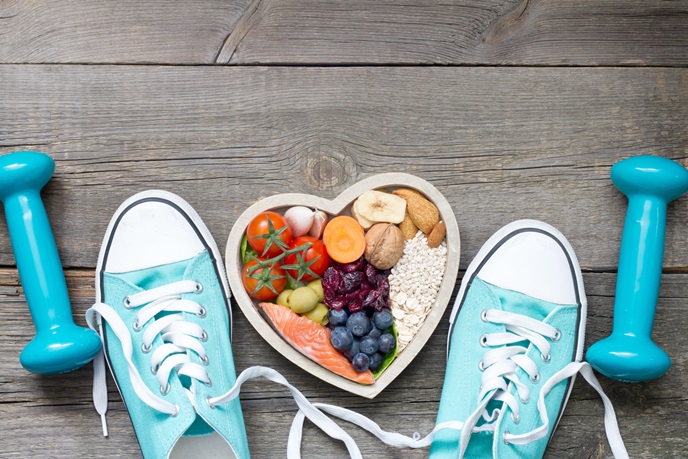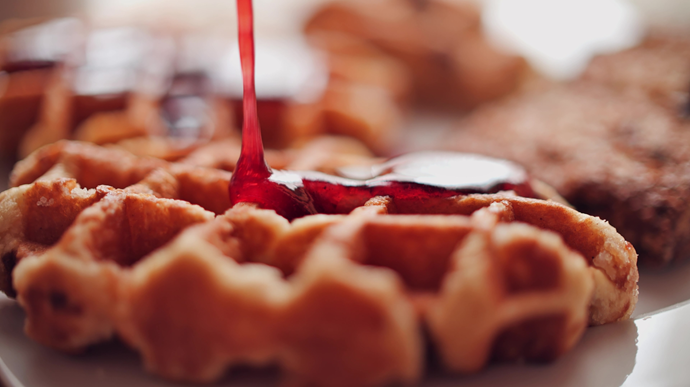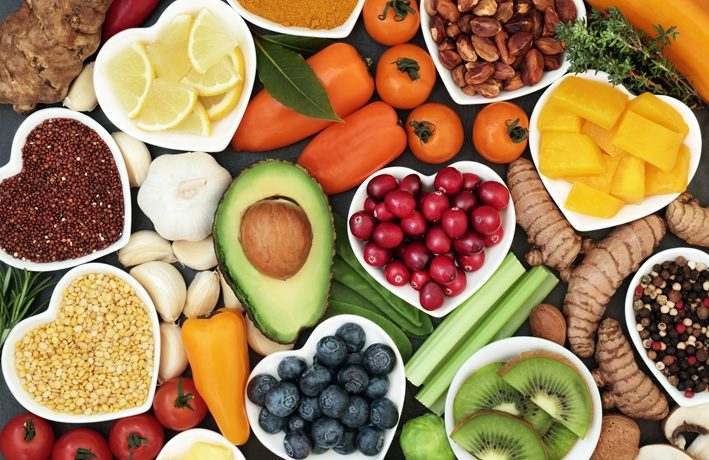When it comes to food, presentation is everything. Just think about how your mouth waters when you see a perfectly plated dish on social media or a restaurant menu. That’s the power of food photography – it has the ability to make you hungry with just a single image.
In today’s age of Instagram and food blogs, capturing mouthwatering food photographs has become an art form. But how can you elevate your food photography skills to capture images that not only look appetizing but make people want to take a bite? Here are some tips and tricks to help you do just that.
1. Lighting is Key
Good lighting is the backbone of any great food photograph. Natural light is generally preferred as it brings out the vibrant colors and textures of the food. Avoid using direct sunlight as it can create harsh shadows. Instead, opt for diffused light by shooting near a window or using a photography studio light setup. Experiment with different angles to find the perfect lighting that enhances the deliciousness of your subject.

2. Props and Backgrounds
Choosing the right props and backgrounds can make a significant difference in your food photography. A rustic wooden table, a marble countertop, or a colorful cloth can add depth and visual interest to your composition. Use utensils, napkins, and garnishes strategically to create a story around your dish. The key is to complement, not overshadow, the main subject – the food.
3. Composition Matters
A well-composed photograph is pleasing to the eye and instantly grabs attention. Experiment with different angles and perspectives to find the most enticing composition for your food. The rule of thirds is a popular technique – divide your frame into a grid of nine squares and place the main subject along the lines or at the intersection points. This technique creates balance and draws the viewer’s eye to the food.
4. Styling Techniques
Styling is an essential aspect of food photography. Take the time to arrange the food in an appealing way before you start shooting. Consider the shape, colors, and textures of the ingredients and arrange them in an artful manner. Add some garnishes, drizzle sauces, or sprinkle herbs to enhance the presentation. Don’t be afraid to experiment and get creative – it’s all about making the food look delectable.

5. Capture Action and Movement
To add an element of excitement to your food photography, capture action and movement. Show the process of pouring a sauce over a dish or slicing a cake. By freezing these moments, you create a sense of anticipation and make the viewer feel like they’re about to dig in. Experiment with different shutter speeds to capture movement in a way that adds dynamism to your images.
6. Edit with Care
While capturing a stunning photo is important, post-processing can take it to the next level. Try using photo editing software to enhance the colors, contrast, and sharpness of your image. However, be careful not to overdo it and make the food look unrealistic. Strive for a natural and appetizing look that reflects the true essence of the dish.
7. Tell a Story
Food photography is not just about capturing a pretty plate of food; it’s about telling a story. Whether it’s a cozy breakfast scene, a vibrant street food market, or a romantic candlelit dinner, try to evoke emotions and transport the viewer to a specific moment in time. Food has the power to conjure memories and create connections – use that to your advantage.
Whether you’re an aspiring food blogger, a restaurant owner, or simply someone who loves food, honing your food photography skills can be a rewarding journey. Remember, it’s not just about the technicalities; it’s about capturing the essence of the dish and conveying its flavors through a single image. So grab your camera, experiment, and have fun capturing images that will make others drool!
Stock photos provided by Dreamstime.com







